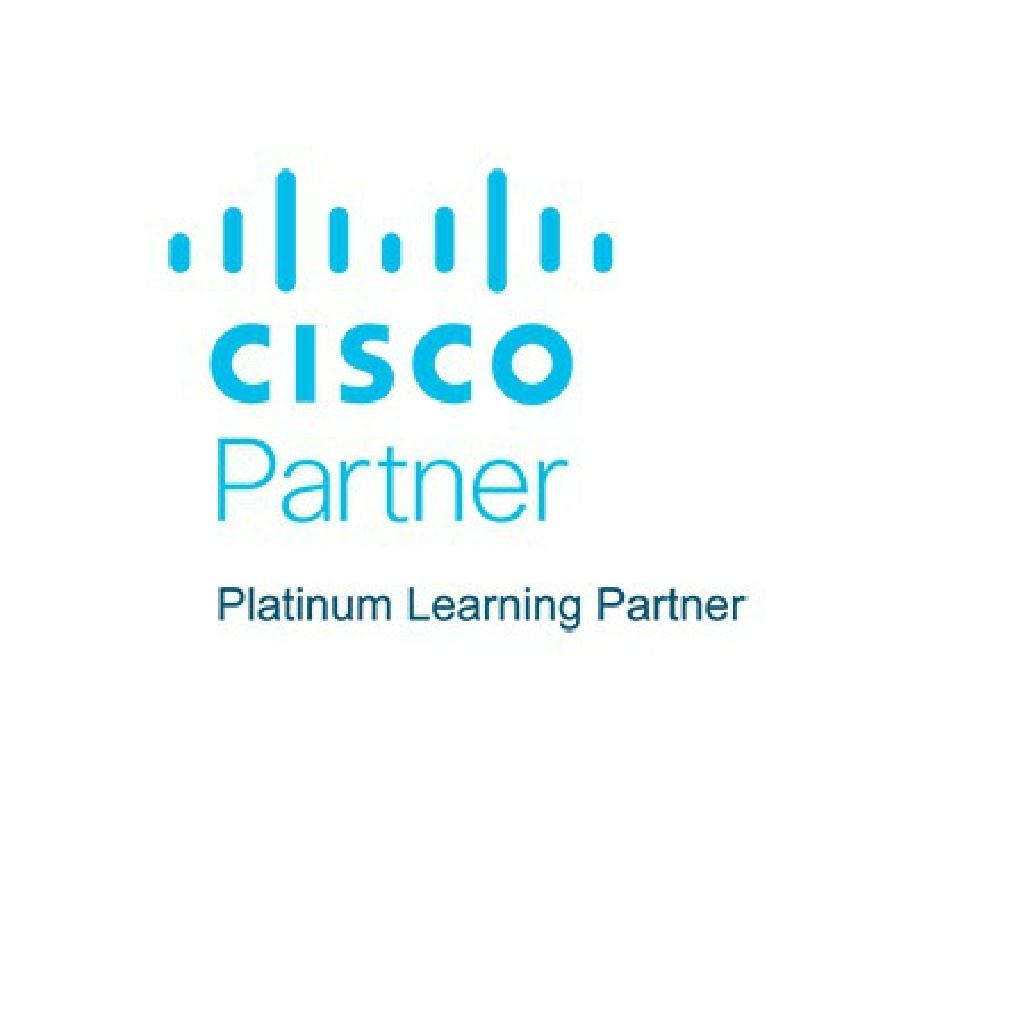










[footag]
The Implementing and Administering Cisco Solutions (CCNA) v1.0 course gives you a broad range of fundamental knowledge for all IT careers. Through a combination of lecture and hands-on labs, you will learn how to install, operate, configure, and verify basic IPv4 and IPv6 networks. The course covers configuring network components such as switches, routers, and wireless LAN controllers; managing network devices; and identifying basic security threats. The course also gives you a foundation in network programmability, automation and software-defined networking.
This course helps you prepare to take the 200-301 Cisco® Certified Network Associate (CCNA®) exam. By passing this one exam, you earn CCNA certification. The 200-301 CCNA exam goes live on February 24, 2020.
After taking this course, you should be able to:
This course will help you:

This course is designed for anyone seeking CCNA certification. The course also provides foundational knowledge for all support technicians involved in the basic installation, operation, and verification of Cisco networks.
The job roles best suited to the material in this course are:
Before taking this course, you should have:
Drop us a line so we can help you on your learning journey.
Driven by our core values of Agility, Partnership, Transparency & Results we ensure our clients succeed in their goals by helping them translate strategy into action and organize around value in a complex digital world.
Dubai Knowledge Park
G11, Al Sufouh 2, Dubai
United Arab Emirates
Trademarks: PRINCE®, ITIL® and IT Infrastructure Library® are registered trade mark of AXELOS Limited, used under permission of AXELOS Limited. The Swirl logo™ is a trade mark of AXELOS Limited, used under permission of AXELOS Limited. All rights reserved. PMI, the Registered Education Provider logo, PMBOK, PMP, PgMP, PFMP, CAPM, PMI-SP, PMI-PBA, PM Network, PMI Today, Pulse of the Profession, the PMI logo, the PMP logo and PMBOK are registered marks of the Project Management Institute, Inc. The Self-Study courses on this page are offered by Professional Training Center of Excellence ATO/Affiliate of AXELOS Limited. All rights reserved.
All prices are exclusive of VAT.
® 2020 The Learning Initiative. All rights reserved.
